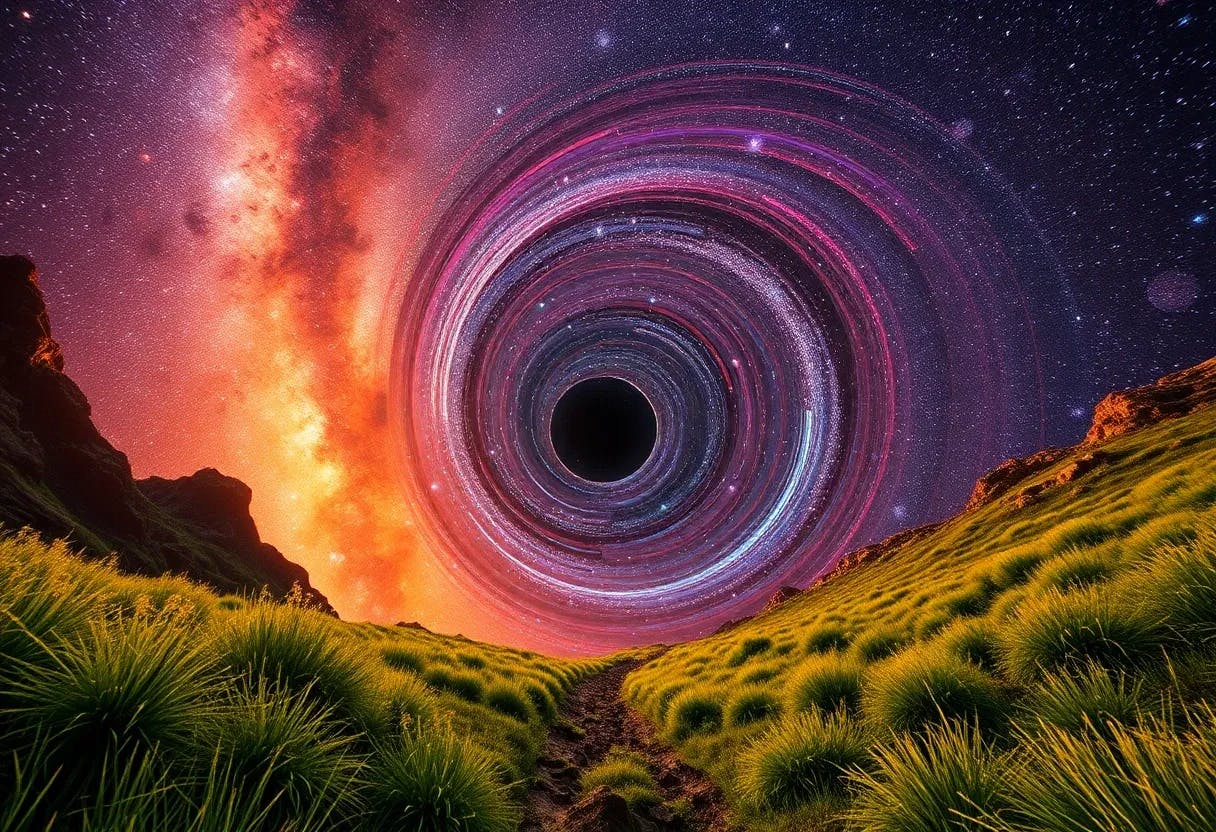Table of Links
2 Muons vs. Protons
3 Muon Colliders Are Gauge Boson Colliders
3.1 From the effective vector approximation to PDFs
3.2 PDFs with broken electroweak symmetry
4 Physics
4.1 Electroweak symmetry breaking
5 Complementarity
6 Summary and Future Directions
A.4 Higgs portal
The differential cross section for s-channel production of SS in association with a Z boson is [223]
A.4.1 Missing mass analysis
Given the central importance of the singlet scalar Higgs portal in BSM scenarios ranging from electroweak baryogenesis to neutral naturalness, we carry out a series of simplified analyses to benchmark the reach of dedicated searches for S, assuming that S is detector stable. These analyses cover three different production modes: W+W− fusion into an SS pair in association with an ISR photon; W+W− fusion into an SS pair in association with a Higgs boson; and s-channel production of an SS pair in association with a Z boson. In each case and for each benchmark value of √s, we simulate 100k background events and 10k signal events for each of mS = 75, 100, 150, 225, 350, 500, 750, 1000 GeV in Whizard.
The background spectrum is harder than the signal spectrum, so the lower bound on the photon energy serves primarily to avoid singular regions of phase space. The upper bound on the photon energy reflects the lower bound on the missing mass distribution.
The integrated luminosity required to exclude a singlet scalar at 95% CL using this analysis is shown in Fig. 34.
The integrated luminosity required to exclude a singlet scalar at 95% CL using this analysis is shown in Fig. 35.
The integrated luminosity required to exclude a singlet scalar at 95% CL using this analysis is shown in Fig. 36.
A.4.1.4 Missing mass combination To benchmark the combined sensitivity of these three searches, we consider the naive combination that results from adding their significance in quadrature. The integrated luminosity required to exclude a singlet scalar at 95% CL using the combination of analyses is shown in Fig. 37.
A.4.2 Invariant mass analysis
An estimate of the integrated luminosity required to exclude a singlet whose mass is due entirely to electroweak symmetry breaking at 95% CL using this analysis is shown in
Fig. 39. The number of signal and background events have been computed by integrating the differential cross section over a mass window spanning the range between 90% and 150% of 2mS. The corresponding S/√ B ratio has been computed for mS = 225, 350, 500, 750, and 1000 GeV and linearly interpolated for intermediate masses.[17]
Authors:
(1) Hind Al Ali, Department of Physics, University of California, Santa Barbara, CA 93106, USA;
(2) Nima Arkani-Hamed, School of Natural Sciences, Institute for Advanced Study, Princeton, NJ, 08540, USA;
(3) Ian Banta, Department of Physics, University of California, Santa Barbara, CA 93106, USA;
(4) Sean Benevedes, Department of Physics, University of California, Santa Barbara, CA 93106, USA;
(5) Dario Buttazzo, INFN, Sezione di Pisa, Largo Bruno Pontecorvo 3, I-56127 Pisa, Italy;
(6) Tianji Cai, Department of Physics, University of California, Santa Barbara, CA 93106, USA;
(7) Junyi Cheng, Department of Physics, University of California, Santa Barbara, CA 93106, USA;
(8) Timothy Cohen, Institute for Fundamental Science, University of Oregon, Eugene, OR 97403, USA;
(9) Nathaniel Craig, Department of Physics, University of California, Santa Barbara, CA 93106, USA;
(10) Majid Ekhterachian, Maryland Center for Fundamental Physics, University of Maryland, College Park, MD 20742, USA;
(11) JiJi Fan, Department of Physics, Brown University, Providence, RI 02912, USA;
(12) Matthew Forslund, C. N. Yang Institute for Theoretical Physics, Stony Brook University, Stony Brook, NY 11794, USA;
(13) Isabel Garcia Garcia, Kavli Institute for Theoretical Physics, University of California, Santa Barbara, CA 93106, USA;
(14) Samuel Homiller, Department of Physics, Harvard University, Cambridge, MA 02138, USA;
(15) Seth Koren, Department of Physics and Enrico Fermi Institute, University of Chicago, Chicago, IL 60637, USA;
(16) Giacomo Koszegi, Department of Physics, University of California, Santa Barbara, CA 93106, USA;
(17) Zhen Liu, Maryland Center for Fundamental Physics, University of Maryland, College Park, MD 20742, USA and School of Physics and Astronomy, University of Minnesota, Minneapolis, MN 55455, USA;
(18) Qianshu Lu, Department of Physics, Harvard University, Cambridge, MA 02138, USA;
(19) Kun-Feng Lyu, Department of Physics, The Hong Kong University of Science and Technology, Clear Water Bay, Kowloon, Hong Kong S.A.R., P.R.C;
(20) Alberto Mariotti, Theoretische Natuurkunde and IIHE/ELEM, Vrije Universiteit Brussel, and International Solvay Institutes, Pleinlaan 2, B-1050 Brussels, Belgium;
(21) Amara McCune, Department of Physics, University of California, Santa Barbara, CA 93106, USA;
(22) Patrick Meade, C. N. Yang Institute for Theoretical Physics, Stony Brook University, Stony Brook, NY 11794, USA;
(23) Isobel Ojalvo, Princeton University, Princeton, NJ 08540, USA;
(24) Umut Oktem, Department of Physics, University of California, Santa Barbara, CA 93106, USA;
(25) Diego Redigolo, CERN, Theoretical Physics Department, Geneva, Switzerland and INFN Sezione di Firenze, Via G. Sansone 1, I-50019 Sesto Fiorentino, Italy;
(26) Matthew Reece, Department of Physics, Harvard University, Cambridge, MA 02138, USA;
(27) Filippo Sala, LPTHE, CNRS & Sorbonne Universite, 4 Place Jussieu, F-75252 Paris, France
(28) Raman Sundrum, Maryland Center for Fundamental Physics, University of Maryland, College Park, MD 20742, USA;
(29) Dave Sutherland, INFN Sezione di Trieste, via Bonomea 265, 34136 Trieste, Italy;
(30) Andrea Tesi, INFN Sezione di Firenze, Via G. Sansone 1, I-50019 Sesto Fiorentino, Italy and Department of Physics and Astronomy, University of Florence, Italy;
(31) Timothy Trott, Department of Physics, University of California, Santa Barbara, CA 93106, USA;
(32) Chris Tully, Princeton University, Princeton, NJ 08540, USA;
(33) Lian-Tao Wang, Department of Physics and Enrico Fermi Institute, University of Chicago, Chicago, IL 60637, USA;
(34) Menghang Wang, Department of Physics, University of California, Santa Barbara, CA 93106, USA.
This paper is


